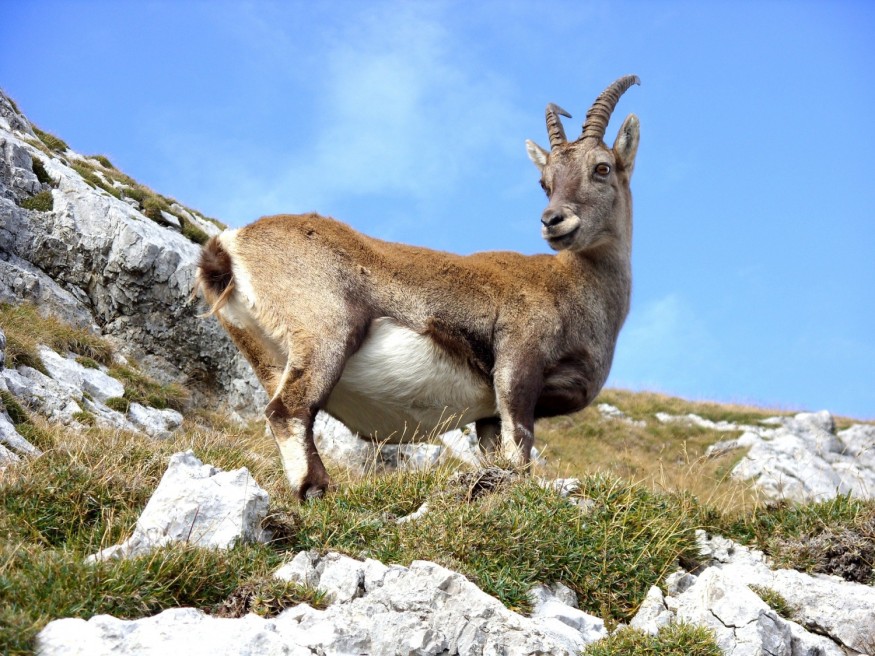
The loss of glaciers and snow patches is increasing the odds of heat stress and hyperthermia among mountain goats (Oreamnos americanus) in Glacier National Park, according to a study published in PLOS One.
"Mountain goats [are in dire need of] cooling," according to study co-author Joel Berger, a senior scientist with the Wildlife Conservation Society and professor in wildlife biology at Colorado State University. "[The goats] just don't [appear] to have the thermal flexibility that we [observe] in some of these other large mammals," he added.
There have not been many observational studies about the particular perks of the snowy havens to their overall health, while scientists know the vulnerability of goats to climate change for years.
Berger and his team intended to fill the said gap with their study, which depended on GPS satellite tracking of collared mountain goats in Glacier National Park, as well as onsite inspections of the animals during the summers of 2013 to 2016.
"Everything is technological given the modern world that we live in. Satellites assist us [in doing] ecological and environmental studies [intensively]," Berger said.
However, "some insights can't come from just [going to the site and observing]," Berger added, which is the reason why he and his team also trekked into the park to monitor the goats during July and August.
The researchers recorded the goats' inhalations and exhalations when the mammals were both on and off the snow. They discovered that their breathing rates reduced by as much as 15 percent when relaxing on snow patches.
The satellite data also showed that the mountain goats strongly favored staying in the areas closer to snow patches. The likelihood of the goats using a region decreased by 68 percent per one-kilometer increase in its distance from snow, according to the study.
The study recommends that the increased loss of snow and glaciers across the coming decades would have opposing effects on mountain goats, and other cold-adapted species such as reindeer, which depends on cold environments to keep them safe from heat exposure. A concerted effort is needed to ensure that these mammals could access settings where they could be comfortable and healthy.
However, the glacier has already lost some 75 percent of its icebergs, and most snow patches are rapidly decreasing. The Glacier National Park had more than 100 glaciers when it was established in 1910. Only a few dozen met the size standards to be considered active glaciers in 2015.
"Mountain goats have lost so many of where they used to live historically - meaning from northern Mexico into Arizona," Berger said. "Now, their native population ends in Montana and Idaho," the researcher added.
The researchers are not only concerned about North American mammals, but also other animals in South America, including the huemel, one of the most endangered large mammals in the Western hemisphere.
"We're looking both at the top and bottom [of the world] at the loss of ice and [how it affects biodiversity] through the eyes of a couple of large mammals," Berger said.
© 2025 NatureWorldNews.com All rights reserved. Do not reproduce without permission.

